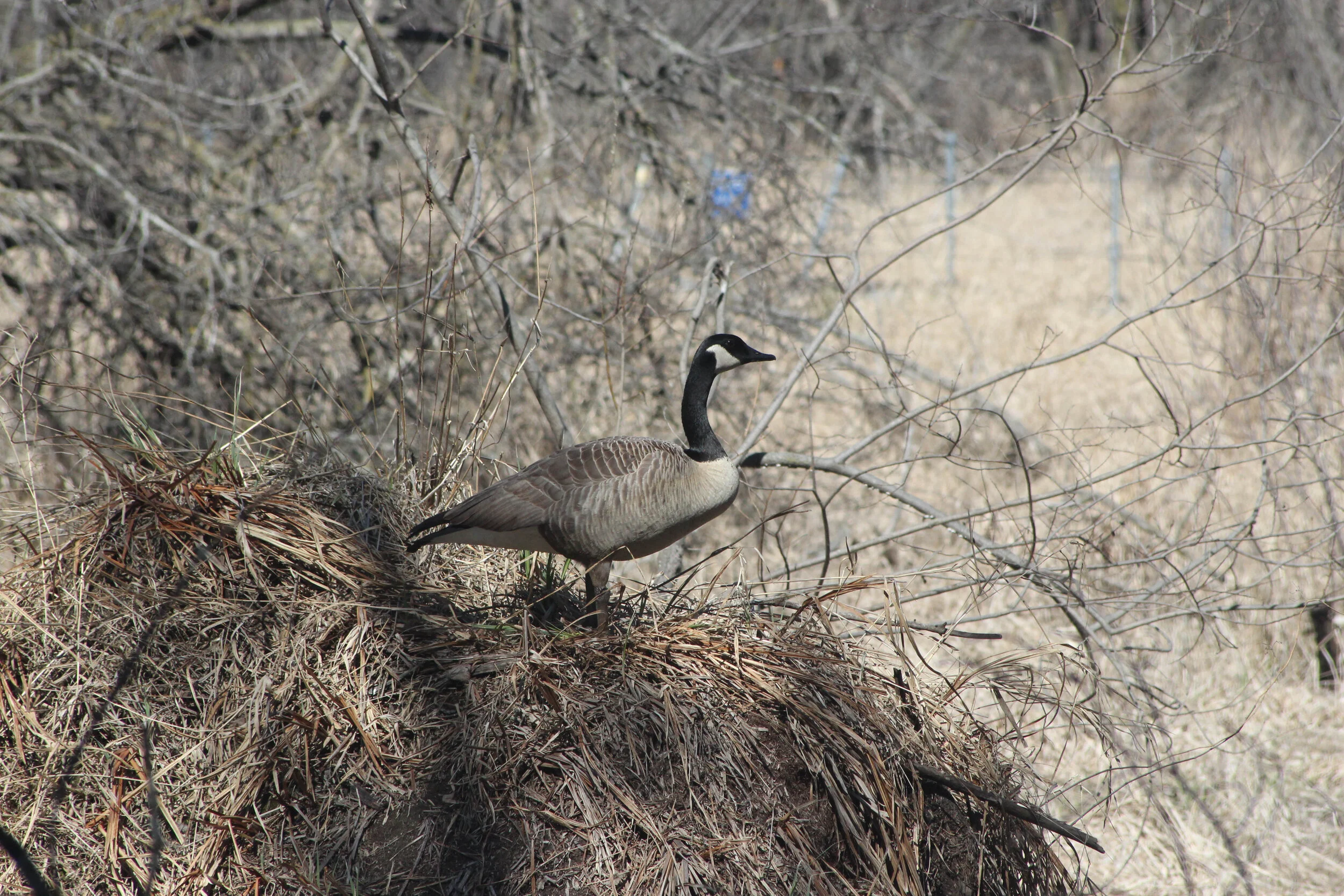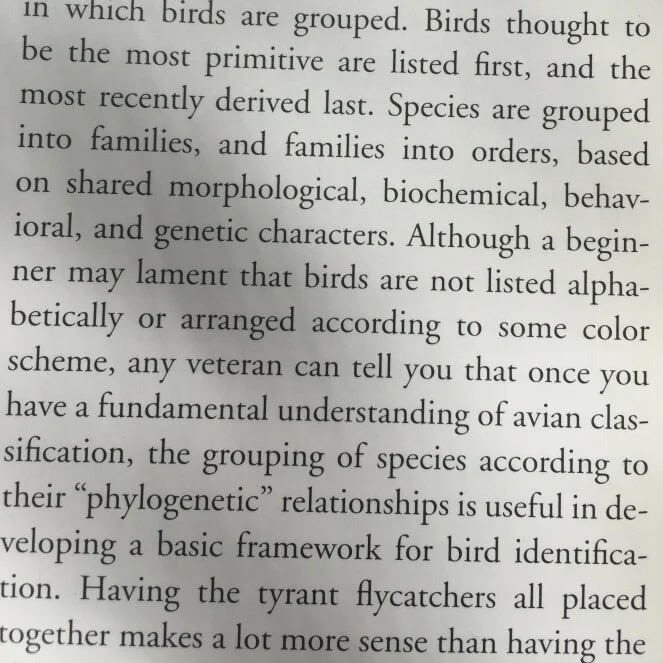Visiting the Park, or Why Bird Field Guides Make Me Angry
I've been working on fitting and sewing a spring coat for over a month now, and it's stopped all other creative endeavors except taking photos in the park. So, instead of a usual dose of things I've made, here's a thing I wrote after recommending a birding app to a friend, plus park photos (which will hopefully inform future paper cuttings).
I’m feeling soapbox-y today, so let me talk for a minute about something I find incredibly frustrating (which people may fundamentally disagree with me on, which is fine, but I’m on the side of inclusivity and righteousness and... I’m joking, mostly): field guides for birds pose a huge barrier to entry to birding as a hobby*, or Why I Love Merlin.
Years ago, I approached a birding booth at an environmental fair. I introduced myself and said I was interested in learning to identify birds, and asked for a book recommendation. The two people in the booth immediately got into an argument over the relative merits of Peterson vs Sibley vs National Geographic, and I backed away, then ran, and didn't attempt anything related to birds for years afterwards. They made the hobby seem divisive and hard and unfriendly to newbies, so I gave up. I know more birds today (as well as wonderful and unintimidating-except-in-their-brilliance birders), and enjoy trying to identify birds, but I'm a very casual birder outside of my work as a naturalist. Basically, I look for pretty birds in interesting poses and try to create them in paper.
I love this marsh so much. It’s where, in second grade, I learned all about aquatic macroinvertebrates, accidentally called my teacher “Mom” to my absolute mortification, and got some very strange ideas about what the song “Under the Boardwalk” could possibly mean.
The first field guide I ever used intensively was Reef Fish Identification by Paul Humann. (Yes, best name ever for a field guide author!) Its primary way of sorting fish isn’t by using names that might not be familiar to beginners, but instead broad descriptive categories. For example:
Silvery
Swim with pectoral fins/obvious scales
My personal favorite: Odd-Shaped Bottom Dwellers
I identified more fish than I would’ve thought possible from my first dive or two! I had no idea what a goby or a blenny was, but I knew I’d seen a small long fish darting around on the sand, so I could jump to the Small, Elongated Bottom Dwellers section and have a good chance of figuring it out. I saw something, I went to the books, I figured it out, and I got hooked. Now, diving is different from birding; it's awfully hard to take the book with you, and fish are way more diverse in shape and size than birds are.Still, jumping to bird field guides was a shock after Reef Fish Identification. Many bird books use language that feels hostile and strange as a beginner; it's almost impossible to find your bird without some serious dedication if you don't know a thing about bird taxonomy (or even what taxonomy means!) One of my bird field guides explicitly says this.
“…any veteran can tell you that once you have a fundamental understanding of avian classification, the grouping of species according to their “phylogenetic” relationships is useful in developing a basic framework for bird identification.” Why have you picked up this book, newbie? You need to understand avian classification first. Go inside and study and forget the joy of identifying your first few birds until then. …sorry, I’ll make the next picture a pretty one.
The books that use simpler methods to sort birds (such as Stan Tekiela’s excellent for beginners but limited in number of birds included “Birds of (State)” books, which are organized by color and then size within that color) don’t help you make the jump to more complex books (identifying way more birds) by teaching you the language you need.
Here’s a picture of a trillium because you made it this far.
So! Merlin! Merlin is a free app from the Cornell Lab of Ornithology. It asks you what region you live in (so it can download a list of birds that live there) on setup. From there, each time you use it, you answer a series of questions:
Where did you see the bird? (You can use the location finding on your phone, or just punch in your zip)
When did you see the bird? (meaning date, not time)
What size was the bird? (You get a scale from sparrow to goose)
What were the main colors? (Choose 1-3)
Was the bird... ? (Choose from a list of behaviors, ie at a feeder, in bushes, swimming)
And from that you get a list of potential birds with photos, calls, and some info about them. It’s brilliant: it works with the things you notice as a beginner (color, size, what the bird was doing). Now, thanks to the app, you know that you saw a yellow-rumped warbler this morning. You see a bird this afternoon and think “Huh, that’s kinda the same shape as my yellow-rumped warbler, but stripey and without the yellow!” Congratulations! You now know the shape of a warbler. You know that they tend to be in trees and bushes, because you saw them both there. You can use the app and realize you saw a black and white warbler.** You realize you really like the little guys, and grab a field guide, find the warblers, and are delighted by all the pictures and what other kinds you might see where you live. The next time you see one, you might think “I saw that in my book!” and we’re off to a lifelong delight in birds.
You start to learn some of the technical terms just from seeing them. Your brain does what brains do: builds categories and adds stuff to those categories so they stick. When you find a bird that’s not in the app, you’ve got some of the language for looking in a big field guide.
If you have any interest in birds (any at all!), Merlin is an app worth trying. It’s free! It’s useful! You’ll learn something and get a little more excited about the world!
And (apparently) don't approach birding booths for advice as a beginner. (I'll admit that I might have just found a particularly intense pair of people...)
A turtle! All that’s left below this is the footnotes! You made it!
*Subtopics here:
Who cares about correct identification anyhow? Is it really necessary, given that what matters is caring about them? Not everyone needs to be able to identify birds to care about them, they can just be happy with “little yellow guy” and “small grey dude.” That’s fine! That’s valid! Identification isn’t the only way to develop interest or care! I might set a goal of having my students learn 5 birds, but really what I want is for them to care and take action to help birds (and everything else) in the future (which I'll also write as a goal, but that's going to be a little harder to assess). My goal is connecting people (even the youngest ones!) with natural resources, not necessarily creating professional scientists (and this sentence is a whole other topic that I care passionately about: producing professional scientists absolutely should not be the goal or the perceived goal of science education).
Use of technical terms can be a deliberate way of retaining exclusivity; some terms are necessary, but use too many and you're creating space between you and people "outside". Personally, I suck at technical terms. I often know them, but revert to simpler language, partly because as a naturalist my knowledge has to be so broad, and partly because I try not to exclude folks who might not know the topic as well. One of the results of this is having been treated as if I know nothing by some scientists because I don’t use the in-group language. It happens. I could try to get better at code-switching, but.
**Okay, warblers aren’t the greatest example, being mostly dull colors and sometimes very confusing and not always closely related and often not seen but heard and a similar shape to lots of other things, but you get my meaning. I hope. You start to build categories in your brain, and those categories get names. Really, it's just a bird I saw recently and came to mind. I bet you birders could come up with a better example.




